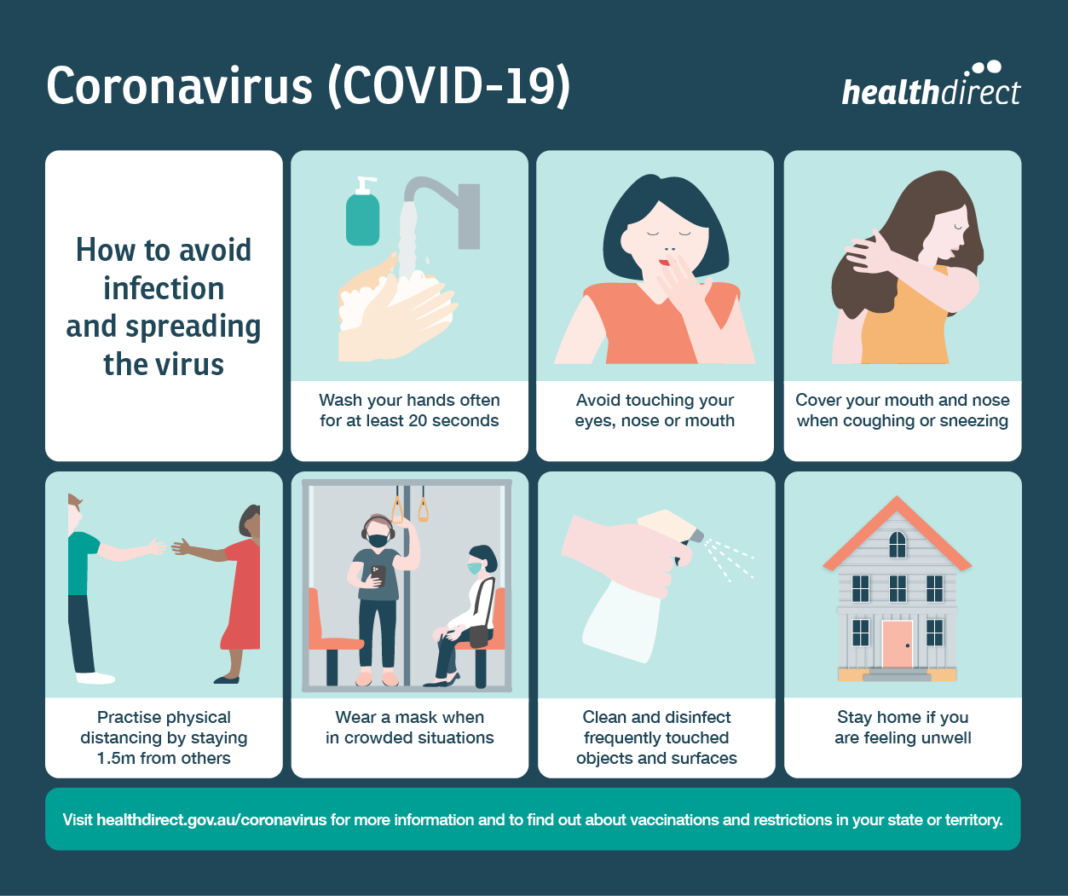Jan 10, 2022 Bonz Magsambol
MANILA, Philippines – An infectious disease specialist said on Monday, January 10, that the spike in COVID-19 infections in virus epicenter Metro Manila is an “indication of massive and uncontrolled community transmission” of the highly contagious Omicron variant.
In a text message to Rappler, Dr. Rontgene Solante said the surge in cases is “an indication of how transmissible the virus is, three to fives times vs Delta, high secondary attack and high household transmission.”
Solante is part of the Philippines’ vaccine expert panel. He heads the adult infectious diseases and tropical medicine unit at San Lazaro Hospital, and is former president of the Philippine Society for Microbiology and Infectious Diseases.
Solante was reacting to the latest findings of Octa Research that the positivity rate, or the percentage of all COVID-19 tests performed that turn out positive, has reached 52% in the capital region.
A positivity rate of 52% means that one in two people tested turned out positive for COVID-19.
This comes as the country is once again dealing with a fresh surge in infections driven by Omicron variant, which is sweeping across the globe. In the Philippines, a record-high of 28,707 new infections were reported on Sunday, January 9, bringing total caseload to nearly 3 million.
The Philippines had detected 43 cases of Omicron, but there are concerns that the actual number may be far higher, as the Philippine Genome Center is only sequencing a small percentage of the positive cases.
The latest genome sequencing on January 2 showed that 60.41% or 29 of the 48 samples are positive for Omicron, including 19 local cases from Metro Manila, which has a population of more than 13 million.
Solante stressed that the massive transmission could also be attributed to public poor compliance with health protocols, such as physical distancing, wearing of face masks, and ensuring proper ventilation.
Nearly two years into the pandemic, the Philippine is still struggling to contain the spread of the virus. Solante said the fresh spike in cases has exposed the country’s gaps in its pandemic response, especially the government’s “inability to control the community transmission.”
“We allow early downgrading of the alert level when we saw cases going down at the expense of an imminent threat of an Omicron variant early December,” he said.
Before the holiday season, the entire Philippines was placed under Alert Level 2 and the government was mulling to even downgrade the classification to Alert Level 1. In two weeks’ time, cases started to spike again. Metro Manila and other high risk areas have been reverted to Alert Level 3 as the nation welcomed 2022.
What needs to be done?
To curb further virus transmission and respond to high infection rate, Solante emphasized the need for the government to strengthen implementation of the basic response – testing, tracing, and isolation.
He said that local governments should take a more proactive role in case management, such as isolation and access to basic health services. “[They need to] do house-to-house surveillance and tracking if possible,” he added.
In a statement on Sunday, January 9, Acting Presidential Spokesperson Karlo Nograles relayed the recommendations of the the sub-technical working group on data analytics of the government’s coronavirus task force to help address the increasing hospital care utilization rate. The sub-technical working group suggested the following:
- Increase the bed capacity in Metro Manila and in the “NCR Plus” bubble
- Integrate the monitoring of the capacity of temporary treatment and monitoring facilities (TTMFs) into the tracking of health systems capacity
- Ensure that patients needing care are promptly and appropriately referred
- Reassess the capacity of TTMFs, increase TTMF capacity where needed, and remove any referral quotas from hospitals
Other relevant health units have also been ordered to immediately check with Metro Manila hospitals to determine how COVID-19 bed capacity is being allocated, and to increase the capacity of telehealth and telemedicine outside the National Capital Region, said Nograles.
The group also recommended that the COVID-19 Laboratory Network step up RT-PCR testing capacity in “NCR Plus” areas, prioritize A2 and A3 populations for testing, fast-track the applications of new RT-PCR laboratories, and promptly provide supplies for swabbing and testing.
Meanwhile, the Community Response Cluster and the Department of the Interior and Local Government have been tasked to ensure that there are emergency operations centers with functional triage areas in all local government units, closely monitor those undergoing home isolation or quarantine through barangay health emergency response teams, and intensify active case finding in “NCR Plus” and in all areas under Alert Level 2.
Finally, the National Vaccination Operations Center was directed to increase vaccination rates outside NCR as soon as possible. – Rappler.com




